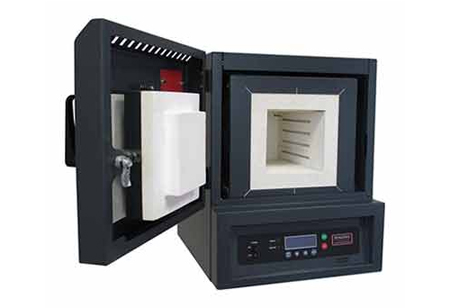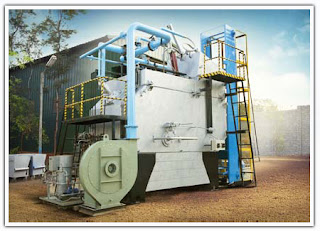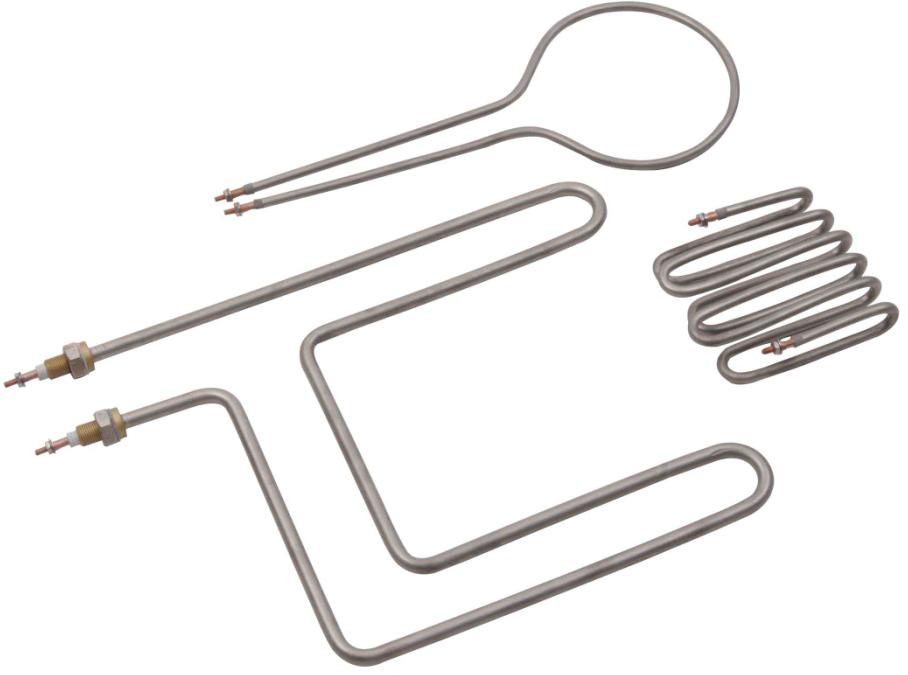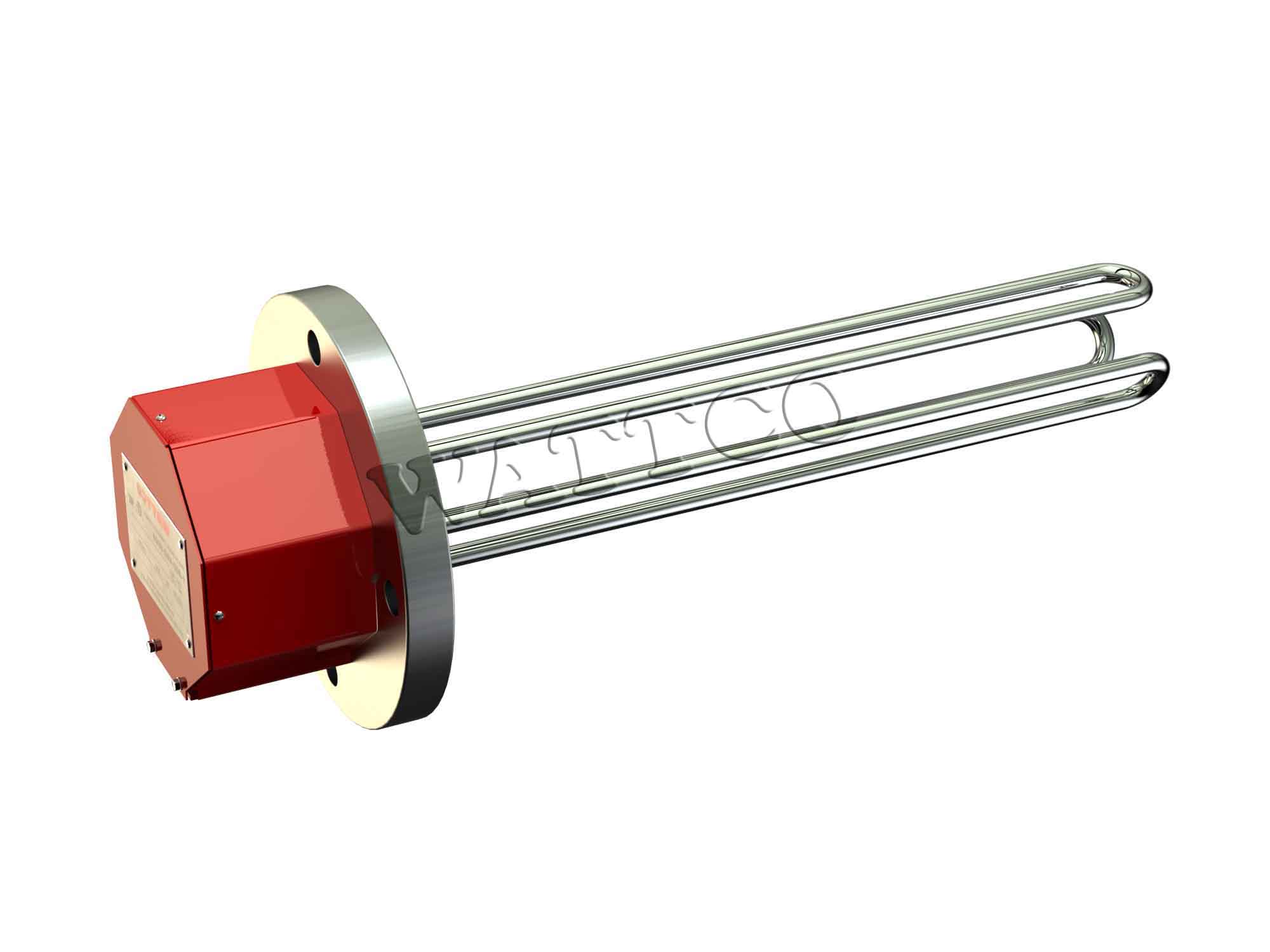The Ericsson Innovation Awards were instituted last year in order to promote and recognize the
spirit of innovation within the IIT system. A total of 67 projects were
submitted by IIT students and these ten were given financial support
by Ericsson to complete the initial prototype within two months.
1. A Mask which
uses Facial Speech Gesture Sensors to Help the Mute
Wireless Bluetooth Glasses
You could soon be looking at a stylish, facial accessory (something
along the lines of a Bluetooth headset/sunglasses combo), which can
recognize inaudible, speech gestures to input text into an Android device.
Not only would this be a boon for the mute, but even for regular people
on the go who need to type text into documents or emails without using
their hands or speaking out loud – while traveling on the Metro for example.
Conventional speech recognition applications use audio or image
processing, often slow and not very user-friendly technology. Placing analog
sensors would eliminate current limitations and targeting special muscles,
also be made into a predictive application.
This team of 4 from IIT Kanpur; Badal Choudhary, Danny Boby, Sourya Basu
and Vaibhaw Kumar are thinking out of the box and developing a product which
uses electromyography (or EMG, basically, a process of evaluating and recording
the electrical activity produced by skeletal muscles).
While it is currently used primarily as a medical technique, these boys
are bringing this technology to the masses and applying it in daily routine
activities.
2. A Smart Paper
Calendar Device which even the Blind Can Use
Forget about hanging up all those tacky old paper calendars and
wall-hanging clocks which some bank or other sundry corporate handed out for
free publicity in your home.
Now there’s a stylish new home accessory which:
·
Takes up less space in your home/office
·
Consumes less power through a paper-based display
·
Organizes your daily and monthly calendar
·
Records and schedules alarms or events
·
Connects wirelessly to a digital calendar (Google Calendar, for ex.)
through Wi-fi or Bluetooth
·
Can recognize voice commands (such as change the date, schedule the event, inquire about the day on a specific day, and set alarms)
·
Has Braille engravings; so is entirely user-friendly for the visually
impaired
Nishant Bugalia, an MSR student from IIT Delhi with more than 9 years of
experience in the software and embedded industry has conceived and developed
to production this extremely useful, innovative device which has both real life
application for regular people and has a humanitarian purpose behind it as
well.
3. Intelligent
Earphone Isolates different Sources of Sound
Imagine you’re at a large gathering, a party or conference for example,
where there are many different people having different conversations,
background music, maybe even something disruptive like the sound of some
construction happening nearby.
How would you like to be able to pinpoint each conversation and decide
which one to listen in on, or if it’s getting too much just block out all
sounds and just listen to the music, even fade out the distractive background
noise?
Well, it’s almost here. A wireless earphone which connects to your
Android devise and allows you to do just that.
It uses Audio Signal Processing technology and an intelligent earpiece
containing multiple microphones to identify different sources of sound and
attenuate and concentrate on any chosen one.
Team members Parth Gaggar, Vijay Jain and Rishabh Bhatnagar from IIT
Roorkee has gone beyond conventional Noise-Reduction technology and thought
about what people actually want to listen to, not what they
don’t.
They are working on developing the actual earpiece, but already have the
GUI ready for installation into smartphones.
4. The ‘iDitya’
Smart DIY Solar Panel Optimises Power Utilisation
So you want to go green? Or maybe just save some money and run your water
heating and other appliances on solar power. Well, there are literally hundreds
of options out there for you now
How is this one any better?
Firstly, it’s completely Do-It-Yourself, requires no labor or
installation charges. Secondly, it’s relatively cheap, can be bought
off-the-shelf and lastly, it only requires 3 pieces of hardware, one of which
you already own.
The ‘initial Solar Assistant’ is an HMI
(Human—Machine Interface) based solar power supply system which provides an
end-to-end solution to the consumer, i.e. it can be bought, installed and
maintained by anyone in a home/commercial environment.
Using the location sensor, the ‘iDitya’ system judges the optimum angles
for the panel at any given time of year and they can be adjusted accordingly.
The whole system comprises of a DIY adjustable solar panel structure, an
electrical sub-system and a GUI operating on Google’s Android platform.
IIT Delhi team representatives Praneet Aggarwal, Navneet Saini and
Anshuman Kumar under the guidance of Prof. P.V.M. Rao has developed the
‘Aditya Solar Assistant’, an innovative, easily applicable and cost-effective
solution for the average homeowner or commercial establishment which Greens Up
as you Power Up!
5. Advanced Breathalyzer Helmet for Safer Riding
So the cops have gotten strict enough about it, and you know you should
be wearing the helmet while riding your motorcycle/2-wheeler… but let’s face
it, it’s still largely perfunctory. Even when wearing the helmet, most people
don’t strap it on properly, and yes, they still drive drunk! (The numbers with
the Traffic Police stack up as proof.)
So, how about a helmet which:
·
Ensures that it’s strapped on properly with an adequate pressure
gradient?
·
Monitors the CO2 levels inside the helmet?
·
Analyses the alcohol level in the wearer’s breath and
activates/deactivates the bike accordingly?
Well, that last one might seem like too much of a “Daddy’ Call”, but
with drunken driving on 2-wheelers being the #1 cause of head injuries in road
accidents, it’s probably a better idea to let someone/something else decide whether you should be riding or not.
Accordingly, Rishabh Bailey, Naman Singhal and Shabham Jaiswal from IIT
BHU, Varanasi is developing a helmet which comprises of; a pneumatic sensor to
ensure that it’s strapped on properly, a CO2 and alcohol sensor, and a
Bluetooth module consisting of an emitter and receiver to activate/deactivate
the vehicle.
How’s that for innovative and personal safety-related thinking?
6. SAFER – Guardian
Device for Women
Designed to look like a pendant (or a bracelet), Safer is a stand alone
security device capable of transmitting over various forms of communication
systems (such as the Internet, SMS, Near Field Communication) to alert friends and
immediate family in a distress situation.
It uses multiple cell phone towers to transmit data and triangulate
the user’s position. In an emergency, the control room dispatches a distress
signal to the user’s contact list, the Police, and the RAT (Rapid Action Team)
With no other local competitors yet, SAFER is the only such application
available in the Indian market today. Paras Batra, a 4th year Civil Engineering
student at IIT Delhi has conceptualized, designed, produced and
brought-to-market this extraordinary personal safety innovation.
7. 3D User
Interface for Cellphones which Doesn’t use Stereoscopy
Does your phone have a front camera? If yes, then you’re on your way
into entering the (as-yet mostly restricted to R&D) realm of 3D imaging.
Conventional 3D imaging technology involves stereoscopy (or, to put it
simply, requires multiple camera angles).
The unique feature of this innovation is that it needs just 1 the front-facing camera on a device which is pretty standard on most
smartphones today.
Used either as an HMI (Human-Machine Interface) or as a tool for
presenting an object in a 3-dimensional perspective, this project has
application across the board. eg. e-commerce, where a company like
Flipkart or Amazon might want to present a 3D image of their product.
The 3-member team from IIT Kanpur, Lavisha Aggarwal, Mayank Pathak and
Pranav Kumar, have developed this one-of-a-kind innovation and stand a good a chance at being the next big name in 3D Imagery.
You wouldn’t think much about email accounts or MacBooks in the African
Bush or rural India, but that’s exactly where companies
like Google and Apple are investing heavily in the form of
laptops and tablets to impart technology-aided education in the past few years.
Educators aren’t technologists, Computer experts aren’t teachers, and
neither are design-oriented.
Coupling the 3 specialties of Educators, Technologists and the creative focus
of professional Designers is how this innovative new platform aims to produce
an EDA (Education Data Analytics) tool.
It involves Cloud Computing, Data Analysis, Visualisation and
Web-design, Data Mining, and Open Source computing.
While there are competitors in the field such as Palantir, Addepar and
Mixpanel with multi-million dollar backing from Silicon Valley out there, what
makes this project unique is that it is the only Open
Sourced application in the tech-aided Education sector.
Peeyush Agarwal of IIT Kanpur knows what he’s talking about, having
built an open source software as a Google Summer of Code project based on
similar lines when he says, “the main challenge is to design a platform that is
intuitive and can handle large amounts of data”.
9. Trafford –
Traffic Analysis Software based on Social Network Data
Let’s face it; you’re on Facebook, and probably Twitter, Instagram,
LinkedIn and a few other social media platforms out there.
Why not get useful, traffic-related reports while on the go instead of
getting stuck in the glut of ‘Who’s getting What’ notifications you’re
flooded with every day.
Real-time updated traffic reports at your fingertips which contain;
date, time, location and cause of traffic jams. No more tuning into local FM
reports at predetermined timings.
Javesh Garg, Arihant Kumar Jain and Prashant Jalan of IIT Kanpur have
set out to enhance the commuter experience and provide government agencies with
relevant insight into problems faced by the average person on the go.
Screen Shot – Route Options
They have developed a prototype application which provides real-time
traffic updates and information on traffic management trends using streaming
data from social media sites. After cleaning through the white noise, they
feature each relevant post as a vector.
Besides traffic updates, the application provides info on traffic
trends, maps based on high, medium or low-risk traffic levels and a Safest
Route Finder function
According to recent statistics, the required nurse-to-patient ratio is
alarmingly lower than it needs to be. Slightly strange, wouldn’t you say,
considering the percentage of our population who choose to go into the
healthcare profession?
Well, the unfortunate fact is that, the majority of Medical doctors,
nurses, technician, and diagnosticians who study in India aspire to practice
abroad, where the administrative flow and financial returns are much better
then in India at present.
Been to a local hospital ward recently? If so, how well do you think
they’d take to a change in standard operating practices?
Not very well, I can tell you from practical experience.
What is needed is a smarter, more intuitive patient monitoring system
that makes life easier, not more complicated, for hospital staff. That’s where
Smart Ward, developed by Suryakant Thoraskar, Vineesh VS and Anjaly TR from IIT
Mumbai have stepped in to provide a simple, Android-based platform which steps
in only when needed to inform nurses and doctors of an important change in a
patient’s vitals









